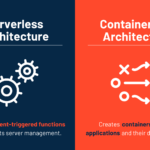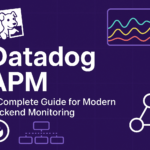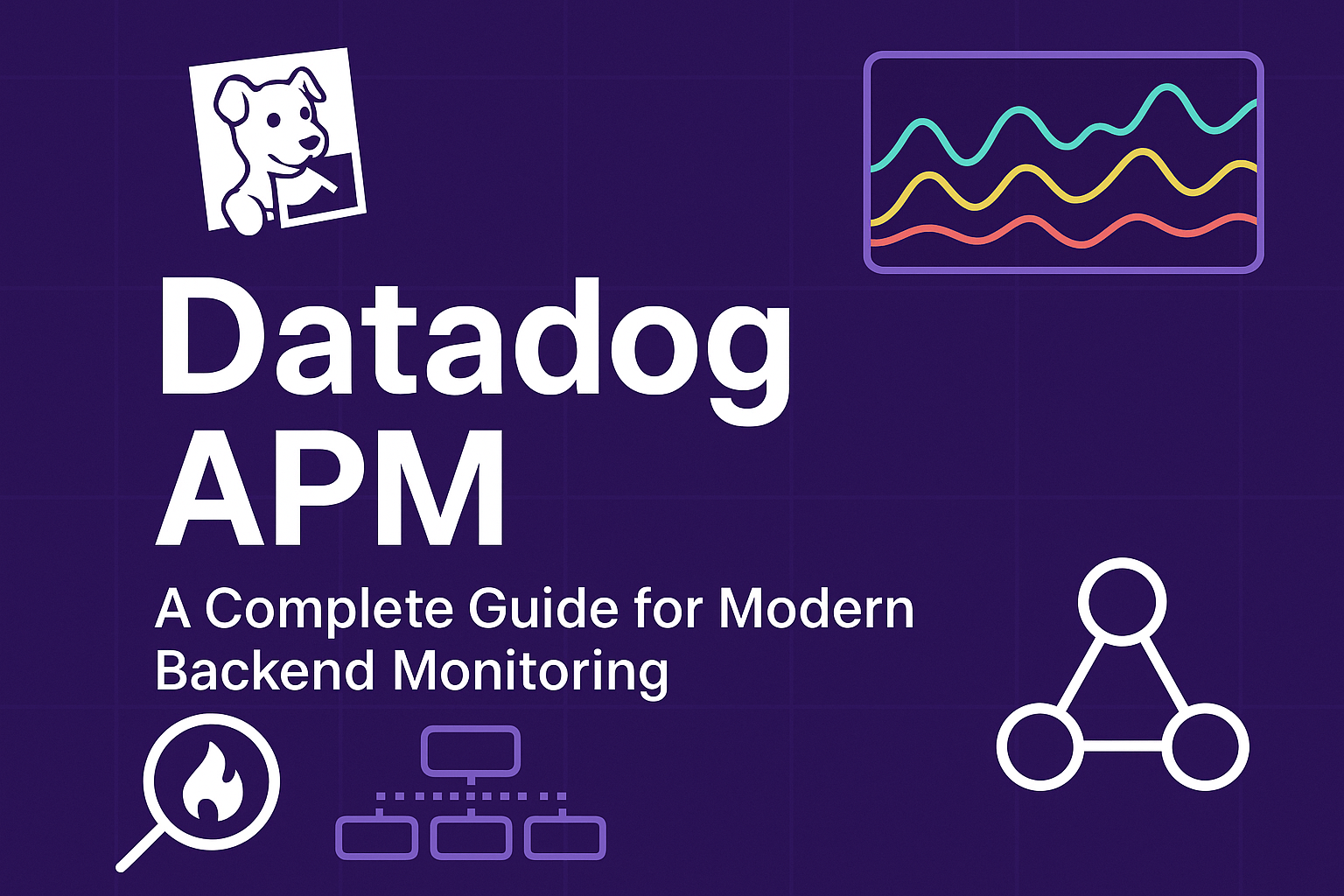The digital landscape in 2025 is characterized by sprawling microservices architectures, intricate cloud deployments, and a relentless demand for seamless user experiences. In this environment, traditional monitoring approaches are increasingly struggling to keep pace. The sheer volume of data generated by modern systems often overwhelms human operators, making it difficult to proactively identify issues, understand root causes, and optimize performance effectively.
Enter AI-powered observability tools. Leveraging the power of artificial intelligence and machine learning, these next-generation solutions are revolutionizing how we understand and manage the health and performance of our complex systems. They are moving beyond simple metrics and logs to provide intelligent insights, automate tedious tasks, and ultimately empower teams to build more reliable and resilient applications.
Why the Shift Towards AI in Observability ?
Several key factors are driving the adoption of AI in observability:
- Data Overload: Modern systems produce an unprecedented amount of telemetry data. AI algorithms excel at sifting through this noise to identify meaningful patterns and anomalies that humans might miss.
- Complexity of Distributed Systems: Pinpointing the root cause of an issue in a microservices environment with numerous interconnected services can be a daunting task. AI can correlate events across different layers and identify causal relationships.
- The Need for Proactive Problem Solving: Reactive monitoring, where you only respond after an incident occurs, is no longer sufficient. AI-powered tools can predict potential issues before they impact users, allowing for proactive intervention.
- Automation of Repetitive Tasks: Alert fatigue is a real challenge for on-call teams. AI can intelligently filter and prioritize alerts, reducing noise and ensuring that engineers focus on critical issues.
- Enhanced Insights and Optimization: Beyond identifying problems, AI can provide valuable insights into system performance, user behavior, and resource utilization, enabling teams to optimize their applications for better efficiency and cost-effectiveness.
Key Capabilities of AI-Powered Observability Tools in 2025:
The latest generation of AI-powered observability tools offers a range of sophisticated capabilities:
- Intelligent Anomaly Detection : Moving beyond static thresholds, AI algorithms learn the normal behavior of your systems and automatically detect deviations that could indicate an emerging problem.
- Automated Root Cause Analysis : By analyzing patterns and correlations across vast datasets, AI can help pinpoint the underlying cause of an issue, significantly reducing the time to resolution.
- Predictive Analytics and Forecasting : Machine learning models can analyze historical data to predict future performance trends, potential bottlenecks, and resource needs, allowing for proactive capacity planning.
- Smart Alerting and Noise Reduction : AI can filter out irrelevant alerts, group related incidents, and provide contextual information, ensuring that engineers are only notified of truly critical issues.
- Natural Language Querying : Some advanced tools allow teams to query their observability data using natural language, making it easier for non-experts to gain insights.
- Automated Remediation : In some cases, AI-powered tools can even automate basic remediation steps, further reducing downtime and manual intervention.
Examples of Leading AI-Powered Observability Platforms (as of late 2025):
While the landscape is constantly evolving, some of the prominent players in the AI-powered observability space include (this is a hypothetical list for 2025):
- InsightAI: A platform known for its advanced anomaly detection and predictive analytics capabilities, deeply integrated with major cloud providers.
- ClarityOps: Emphasizes automated root cause analysis and provides a unified view across complex microservices environments.
- SentinelMetrics: Focuses on intelligent alerting and noise reduction, helping teams prioritize critical incidents.
- CognitoTrace: Offers natural language querying and AI-driven insights into application performance and user behavior.
The Future of Observability is Intelligent:
As we move further into 2025 and beyond, AI will only become more deeply integrated into observability practices. We can expect to see even more sophisticated algorithms, better integration with other development and operations tools, and a greater emphasis on proactive and autonomous system management.
For teams striving to maintain high availability and optimal performance in their increasingly complex systems, embracing AI-powered observability is no longer a luxury but a necessity. By leveraging the power of artificial intelligence, we can gain deeper insights, resolve issues faster, and ultimately build more resilient and reliable digital experiences for our users.
What are your thoughts on the role of AI in observability? Share your experiences and predictions in the comments below!









